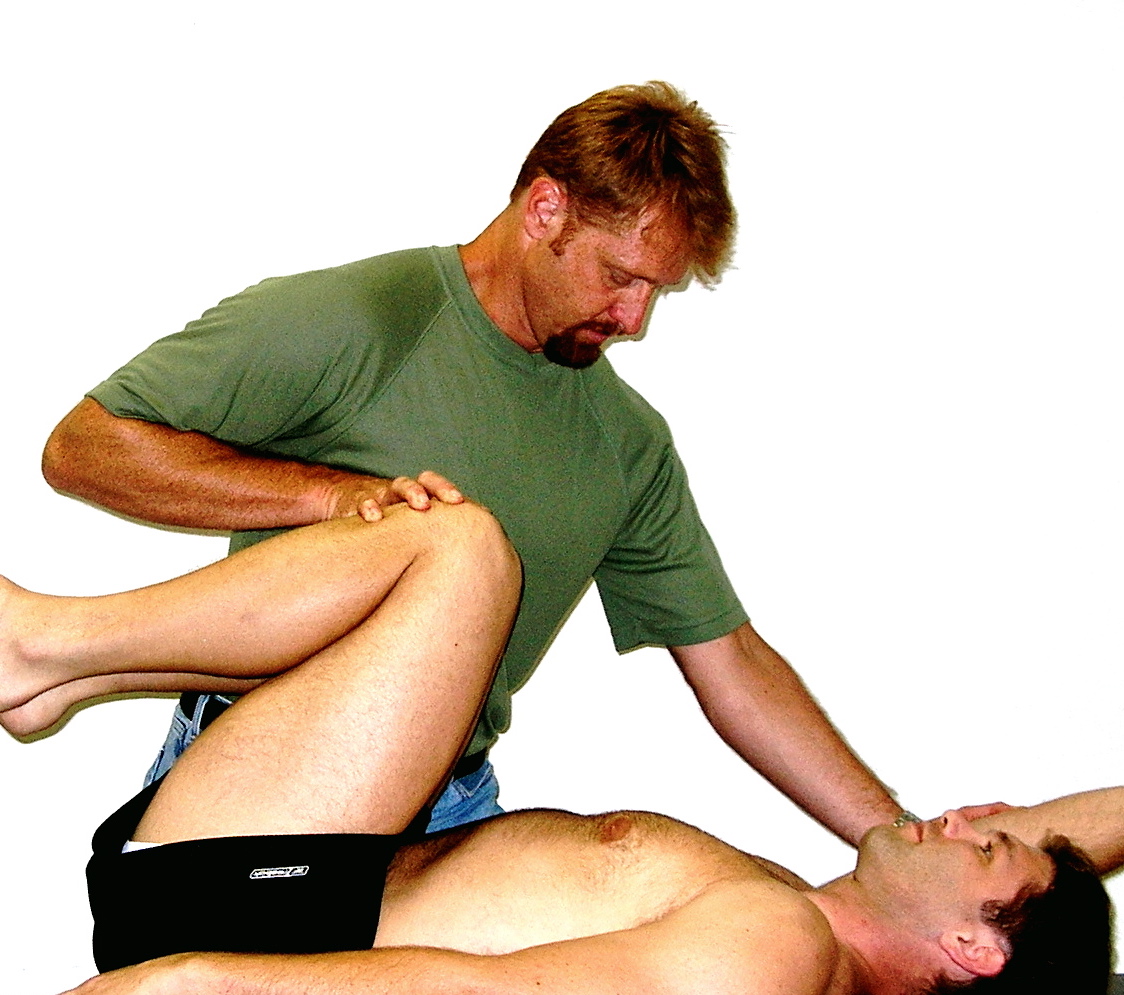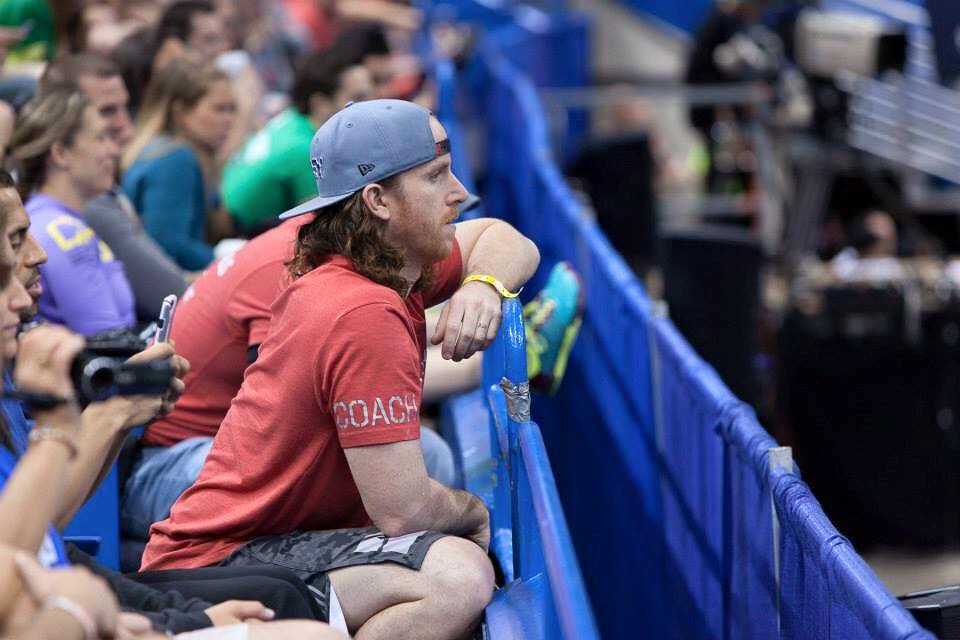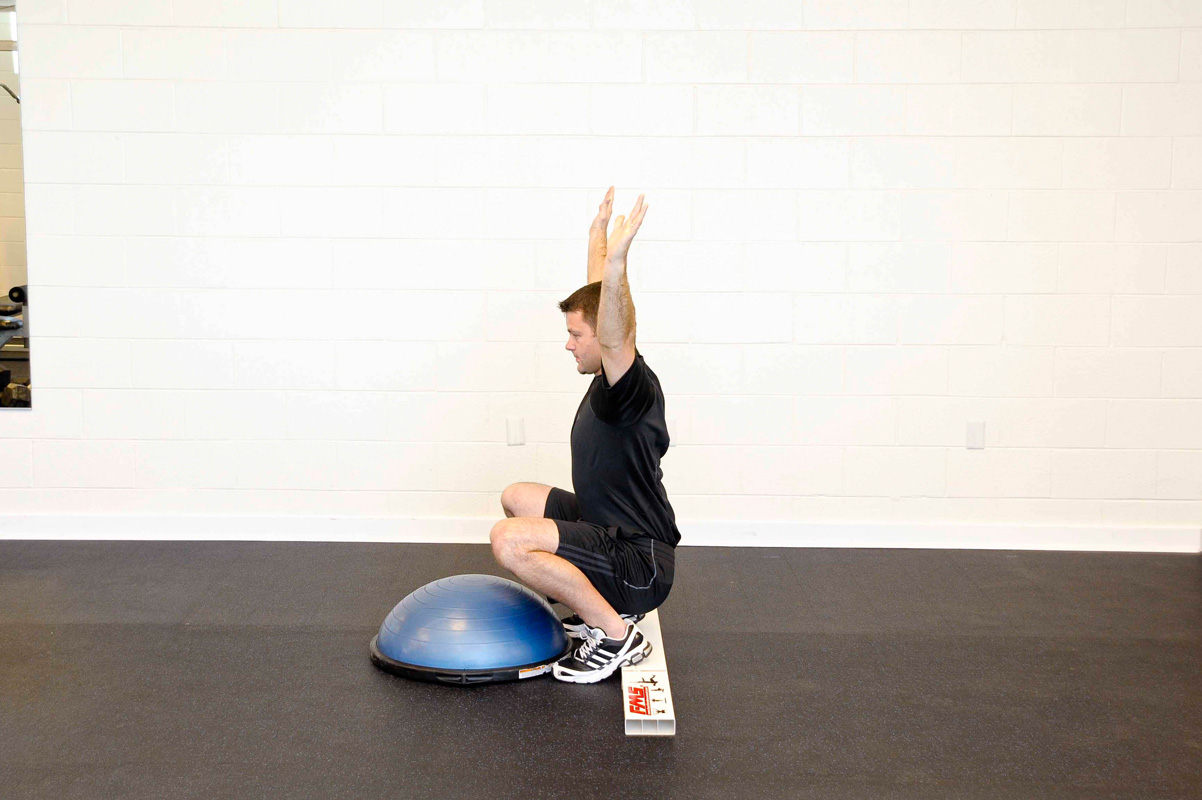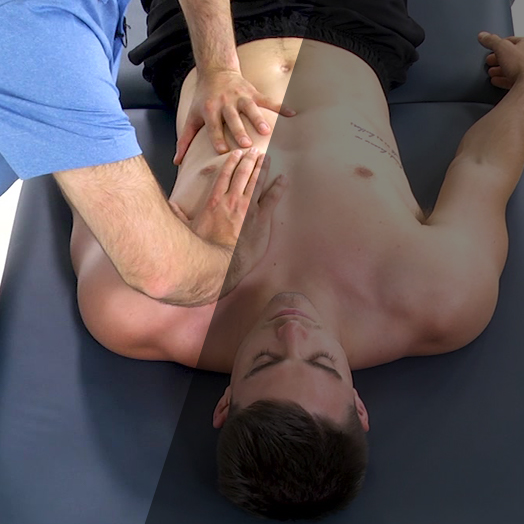Survival of the Fittest: Chiropractic and the 21st Century
Written by Robert “Skip” George, D.C. FMS
“Life has got a habit of not getting hitched. You got to ride it like you find it. You got to change with it. If a day goes by that you don’t change some of your old notions for new ones, that is just about like trying to milk a dead cow.”
Woody Guthrie
Chiropractic has had its share of challenges since Harvey Lillard received his first adjustment from D.D. Palmer in Davenport, Iowa back in 1895. We have survived early persecution with many of our profession’s pioneers suffering time in jail, fighting for our right to practice in every state and surviving attempts to contain or eliminate us as a profession by state and national medical associations. As we move forward, we face even more changes and challenges and the question begs: “What is our vision for chiropractic heading into the 21st century?” Do we evolve, taking the best of chiropractic philosophy with us and expanding our competence, or do we revert to a more narrow and rigid view of our role as chiropractors?
Prejudice and professional bias still persist towards chiropractic and much of it is driven by jealousy or a belief that health can only be found in a pill. But some of the prejudice and judgment has also been justified if we are honest as a group and look at our own shortcomings with an eye on healing our own contradictions as a profession.
Managed care and lower reimbursement has done more to contain and eliminate chiropractors than the AMA has done in the past few years. It is a combination of forces including the rise of other professions, decrease in reimbursement and slow adaptation that is institutional within our own ranks that has limited or even reduced our significance as a more dominant force in the healthcare market.
Notably, passive apathy also prevents chiropractic from expanding its influence. Just ask the California Chiropractic Association: Only 20 percent of the chiropractors in that state belong to the CCA with a significant number of non-members complaining about how bad times are. That kind of self serving is how chiropractors sabotage their own well-being while blaming an outside force as the cause of their woes!
Chiropractors treat a variety of maladies and one constant is that lower back pain and disability is not only here to stay but requires a pressing need for prevention and treatment that is global in scope (1). Conservative, effective treatment of spinal pain has always been in our “wheelhouse” but the number of different types of health practitioners and effective new approaches for treatment are on the rise and here to stay.
We need to all take pause with national utilization of chiropractic. In an article written by Dr. Mark Studin (2), he quotes a study from the Health Research and Education Trust that reports from 2003 to 2006 chiropractic utilization was used by 4.12 percent of adults in U.S. In the early 1990’s, this rate was 7.7 percent of the adult population realizing a net drop of 3.58 percent in just a decade. The causes of this decline are multi-faceted.
Today there is a “supermarket” of spinal care, wellness and fitness professionals that are learning advanced techniques for the treatment of spine related conditions. Physical therapists have a goal to all be Doctors of Physical Therapy by the year 2020 as stated by the American Physical Therapy Association. Physical therapy and chiropractic have had their share of turf wars. In many states, chiropractic has been successful at lobbying to keep P.T.’s from primary access and manipulation but that will change. They are just as dedicated as we have been to expand their scope of practice and those in our profession that want to narrow our scope with simple philosophical ideals do so to our peril.
Once we had close to a monopoly on adjustments and manipulation, especially when the osteopaths went to prescribing drugs and performing surgery. Now, P.T.’s are adjusting more and some osteopaths are rediscovering the “lost art” they once had in addition to their medical skills. And by the way, they are good at what they do!
The real news is what I would define as the “hybrid practitioner.” The industry of personal training is exploding. Trainers may not be able to go “hands on” or diagnose but the wellness side of the health equation only requires improvement or restoration of health vs. identification of disease. The latest in what could be called “bridging the gap” between rehabilitation and fitness are courses and certifications that are enabling trainers to treat spinal conditions without diagnosis.
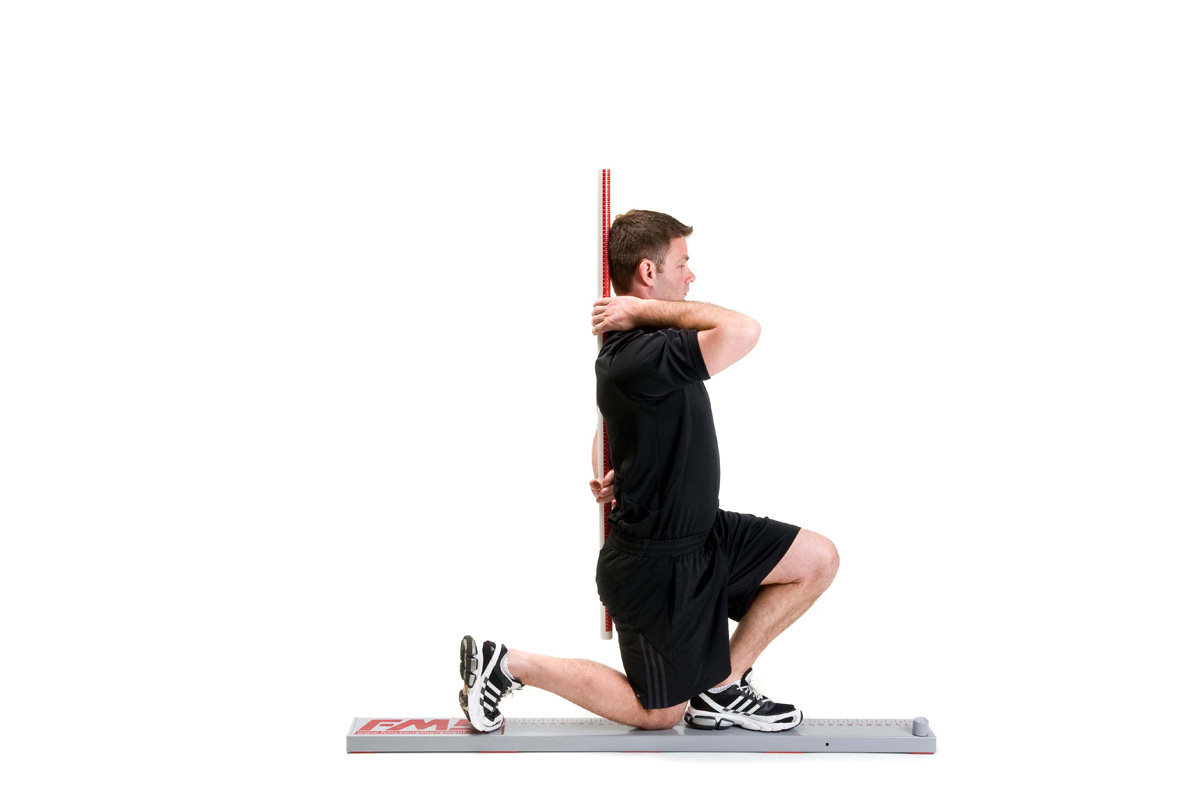 The short list of many of these courses and techniques that are available include Functional Movement Systems (FMS), Postural Restoration Institute (PRI), Dynamic Neuromuscular Stabilization (DNS), Stretch to Win, Poloquin Performance Institute, Titleist Performance Institute (TPI) and The Chek Institute. Add a massage therapy license with personal training and you have a powerful combination of hands on muscular and fascial therapy with rehabilitation and fitness that defines a present day wellness practitioner.
The short list of many of these courses and techniques that are available include Functional Movement Systems (FMS), Postural Restoration Institute (PRI), Dynamic Neuromuscular Stabilization (DNS), Stretch to Win, Poloquin Performance Institute, Titleist Performance Institute (TPI) and The Chek Institute. Add a massage therapy license with personal training and you have a powerful combination of hands on muscular and fascial therapy with rehabilitation and fitness that defines a present day wellness practitioner.
Make no mistake because you have firm convictions with an advanced degree that says “doctor.” These new hybrid practitioners are learning sophisticated, state-of-the-art treatment modalities and they are extremely dedicated and competent at their craft. In addition, clients that visit them are not conditioned to ask how many visits their insurance will cover!
Physical therapists are taking many of these same courses and integrating treatment modalities with rehabilitation and sports performance training. The trend is now wellness centers that look like small to medium sized fitness centers that are one stop shops. That is, treatment for pain or injury is offered as well as ongoing fitness or personal training that keeps customers/patients coming back with little or no selling. In addition, P.T.’s are not only adding the latest treatment (including adjusting) and exercise modalities, but in some states adding “dry needling” or deep acupuncture to their tool belts.
The public is told, “See your doctor before starting an exercise program.” Beyond a good history and physical exam, what do most M.D.’s know about fitness and how to move in a functional and safe manner? The same can be asked about us. That is, are we the experts that people automatically go to before they embark on their own personal mission for health and fitness? Are we the experts on the latest approaches to chiropractic, rehabilitation and corrective exercise? Do we teach our patients how to move well and move often including our expertise for treatment of spinal related conditions? What was the last state-of-the-art skill you added to your tool belt?
Just a few years after the birth of chiropractic in 1895, industrial revolution icon Henry Ford built the Model “T” and introduced an automobile that not only the common person could afford but ushered in mass production into our modern world. At one time, the Model “T” enabled Ford to have over 50 percent of market share for the entire automobile industry. For its time, it was the perfect car and from Mr. Ford’s perspective could never be improved upon. In fact, the mere mention of change would result in his wrath.
When change occurred and General Motors and Dodge began to make a better product he still would not adapt to self evident facts. Sales steadily decreased until Ford Motor Company was in danger of bankruptcy or worse, and all the selling and marketing of the old product wasn’t going to make a difference in spite of Henry Ford’s angry insistence.
It was Ford’s son, Edsil, that saved the company with introducing the Model “A” and adjusting to public demand and changing times. The Model “A” was still a car in the true sense but it was greatly improved and met the expectations of the public.
So who does the public think are the experts at spinal and alternative care? It depends. After all, the public does vote with their pocket book and today’s consumer is more sophisticated than ever. As individuals and as a profession, we can ask ourselves if the Model “T” analogy fits us today. The trend for the future is following a multidisciplinary wellness center model where P.T.’s and personal trainers are gaining contemporary knowledge and getting results. D.C.’s need to consider this as a possible business model. Or just stay with one idea and sell it. The question is which model is more satisfying for you and your patient?
Perhaps we should view our practices like a smart phone. For instance, last century we had an abundance of pay phones. Chiropractic has been similar to pay phones in that we are simple, safe and effective. In today’s healthcare environment, we need to add value to our adjusting skills. For sure, we always need to be the best at those diagnosis and adjusting skills but we also need to consider “apps” or new tools to make chiropractic stronger and more relevant in these changing times. More and stronger selling may make a difference for the individual doctor with firm convictions and a charismatic personality, but much like one of our political parties just found out, it won’t make a difference if chiropractic falls behind either through petty internal differences or an inability to expand and grow with the times and give the public what they need.
Today, more than ever, the pressure is on for reducing the costs of healthcare. Gone are the days when chiropractors were paid well to provide a “cookie cutter” approach to every spinal condition according to how many visits their insurance companies paid for or we could sell in a package plan. Other professions aren’t “out to get us” as much as we have resisted improving on our own foundation for health.
What is our vision for the future in terms of our own competence and excellence as an individual and profession? Are we going to be the “thinking” profession or try to fit an old form into a rapidly changing and dynamic time? If we don’t adapt to change and continue to grow, the public will suffer and we will lose the opportunity to fulfill our potential as a premier profession for health and well-being.
1. “Back Pain Is #1 Cause of Disability Worlwide” Peter Crownf ield, Dynamic Chiropractic, Feb. 15 2013
2. “What is chiropractic and who is the real enemy?” Mark Studin, D.C., The Chiropractic Journal, Nov. 2012
Robert “Skip” George, D.C. practices in La Jolla, CA where he integrates chiropractic, rehabilitation and sports performance training. He is a national lecturer and is an instructor for the Functional Movement Screen. He can be contacted for questions or comments at dr.george@sbcglobal.net. His website is LaJollaSportandSpine.com
Related Resources
-
Start With Why
Posted by Gray Cook
-
Training From the Ground Up
Posted by Chris Frankel
Please login to leave a comment
1 Comments
-

Shedding for the Wedding 4/24/2013 9:59:39 AM
Good stuff... sharing this with my Chiro who've I've been seeing for the past 4 months. Never felt better! Blessings!! ---tracey---

